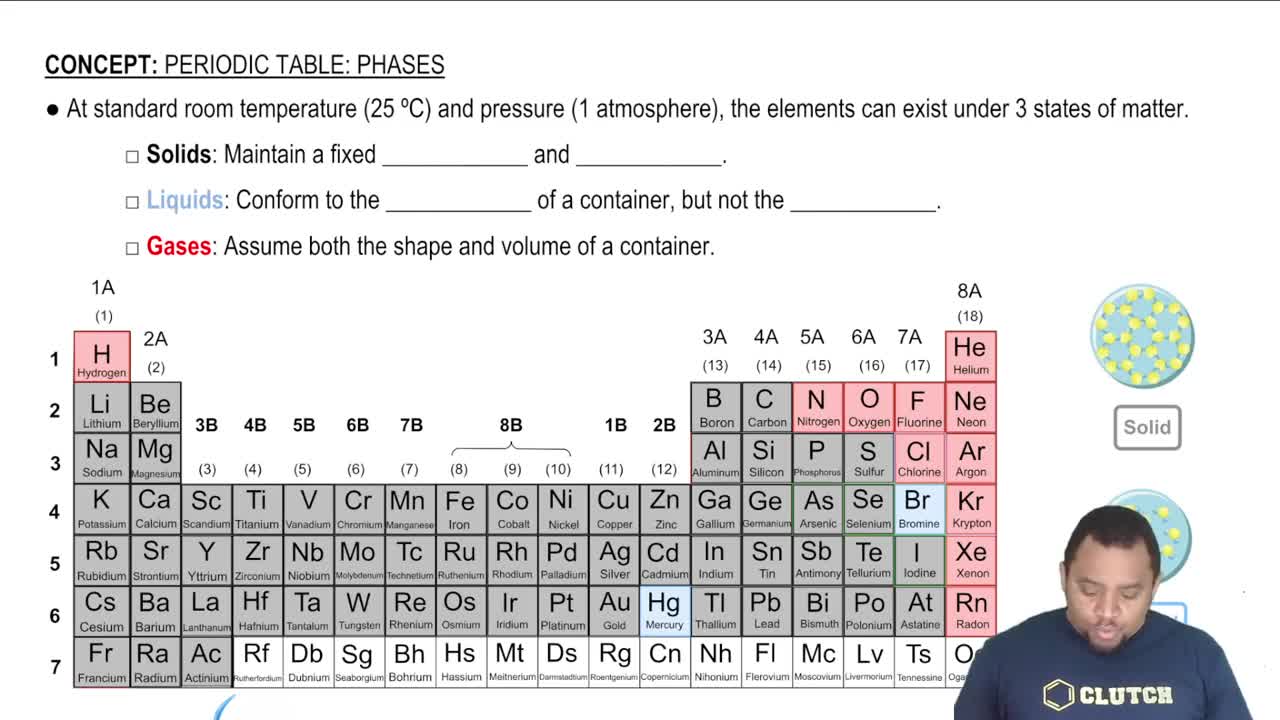Here are the essential concepts you must grasp in order to answer the question correctly.
Bond Enthalpy
Bond enthalpy, or bond dissociation energy, is the amount of energy required to break one mole of a specific type of bond in a gaseous molecule. It is a crucial concept in thermochemistry as it helps estimate the energy changes during chemical reactions. In the context of the given reaction, bond enthalpies for H-H and O=O bonds will be used to calculate the overall change in enthalpy (ΔH) by considering the energy required to break the bonds in reactants and the energy released when forming bonds in products.
Recommended video:
Enthalpy Change (ΔH)
Enthalpy change (ΔH) is a measure of the heat content change in a system during a chemical reaction at constant pressure. It can be calculated using the formula ΔH = Σ(bond enthalpies of bonds broken) - Σ(bond enthalpies of bonds formed). This concept is essential for understanding the energy dynamics of the reaction, allowing us to predict whether the reaction is exothermic (releases heat) or endothermic (absorbs heat).
Recommended video:
State of Matter and Its Impact
The state of matter (solid, liquid, gas) significantly influences the energy associated with a substance. In this reaction, water is produced in the liquid state, but the question asks to ignore this fact. This simplification means we will treat water as if it were in the gaseous state for the purpose of calculating ΔH, which can lead to a different enthalpy value than if the liquid state were considered, as the enthalpy of vaporization would need to be accounted for.
Recommended video:



